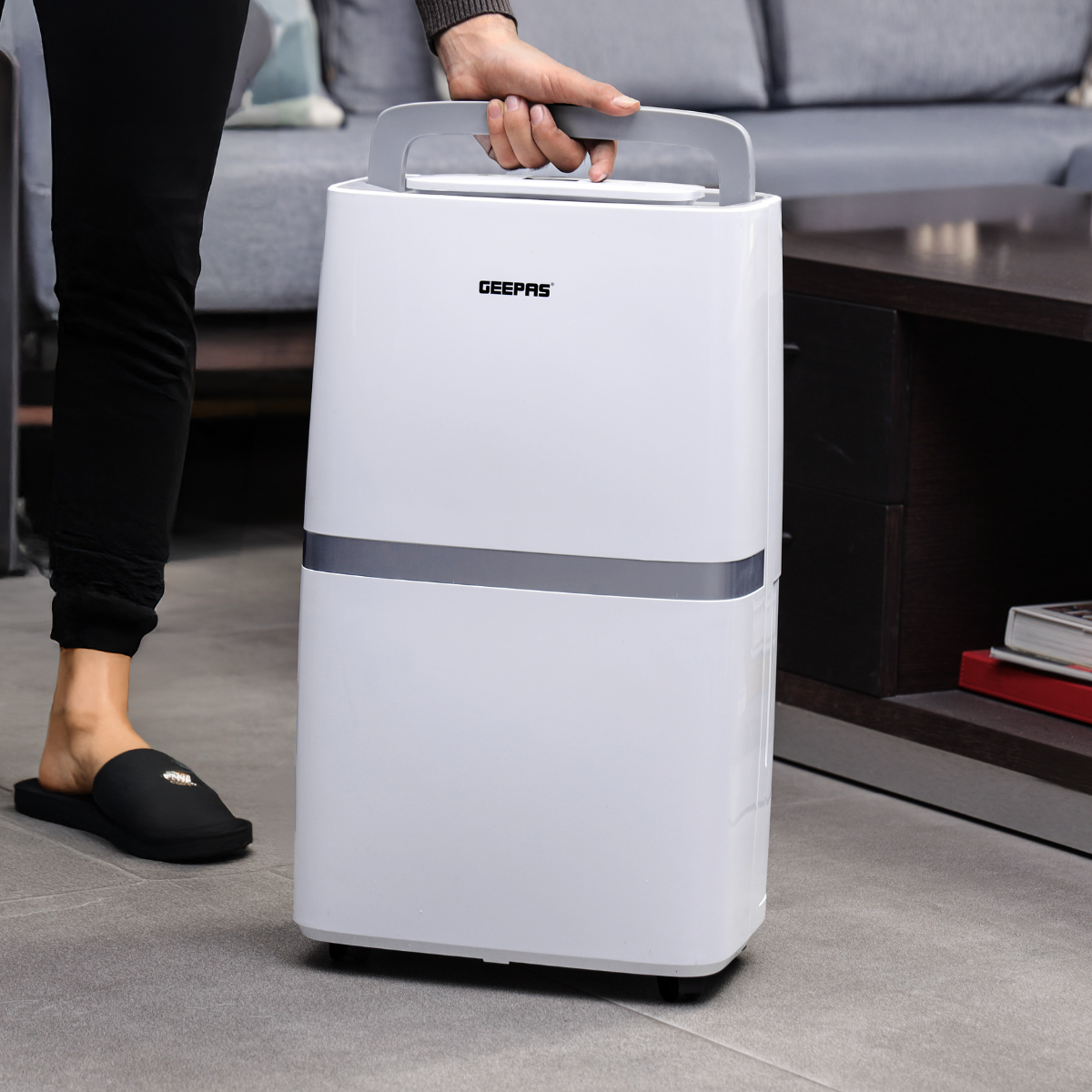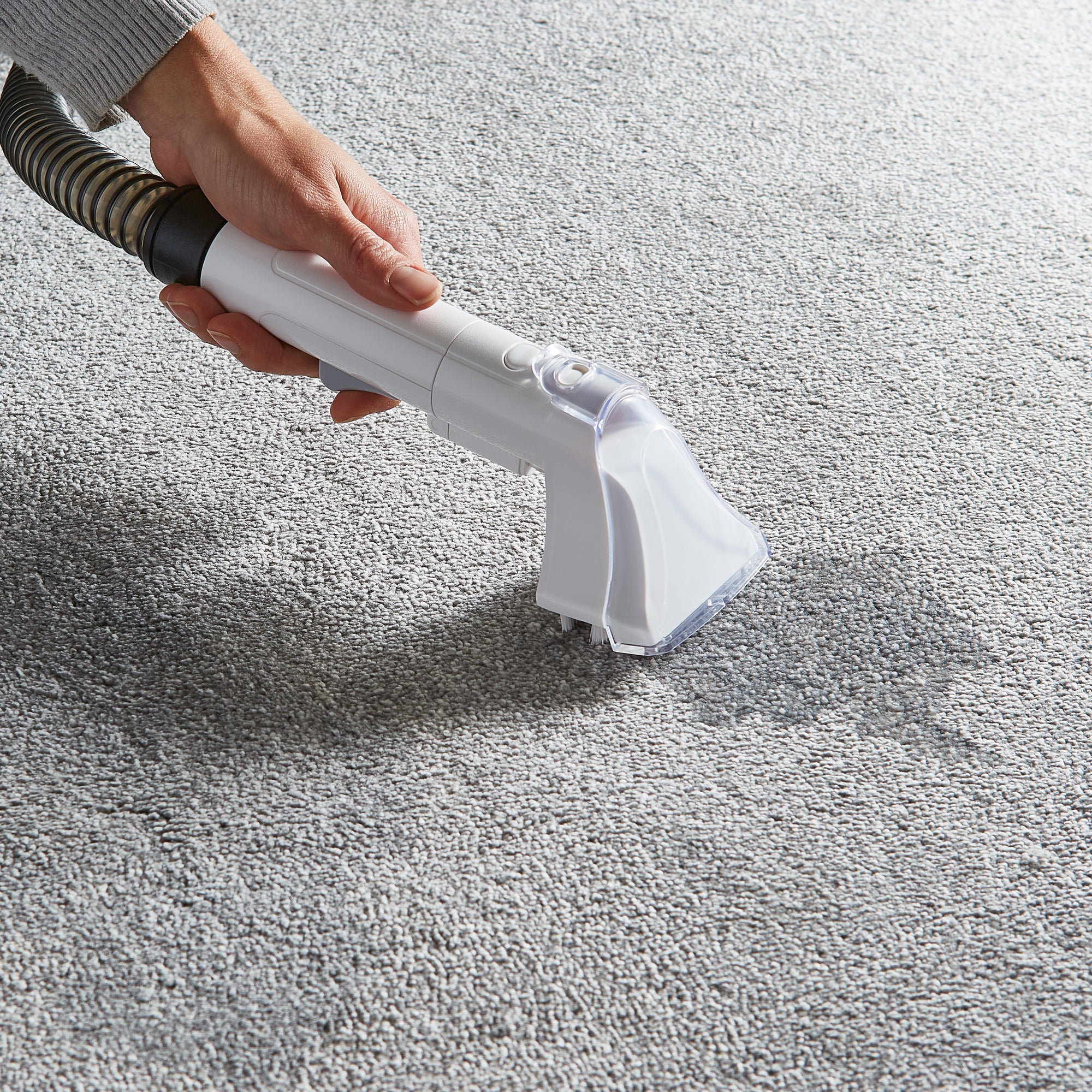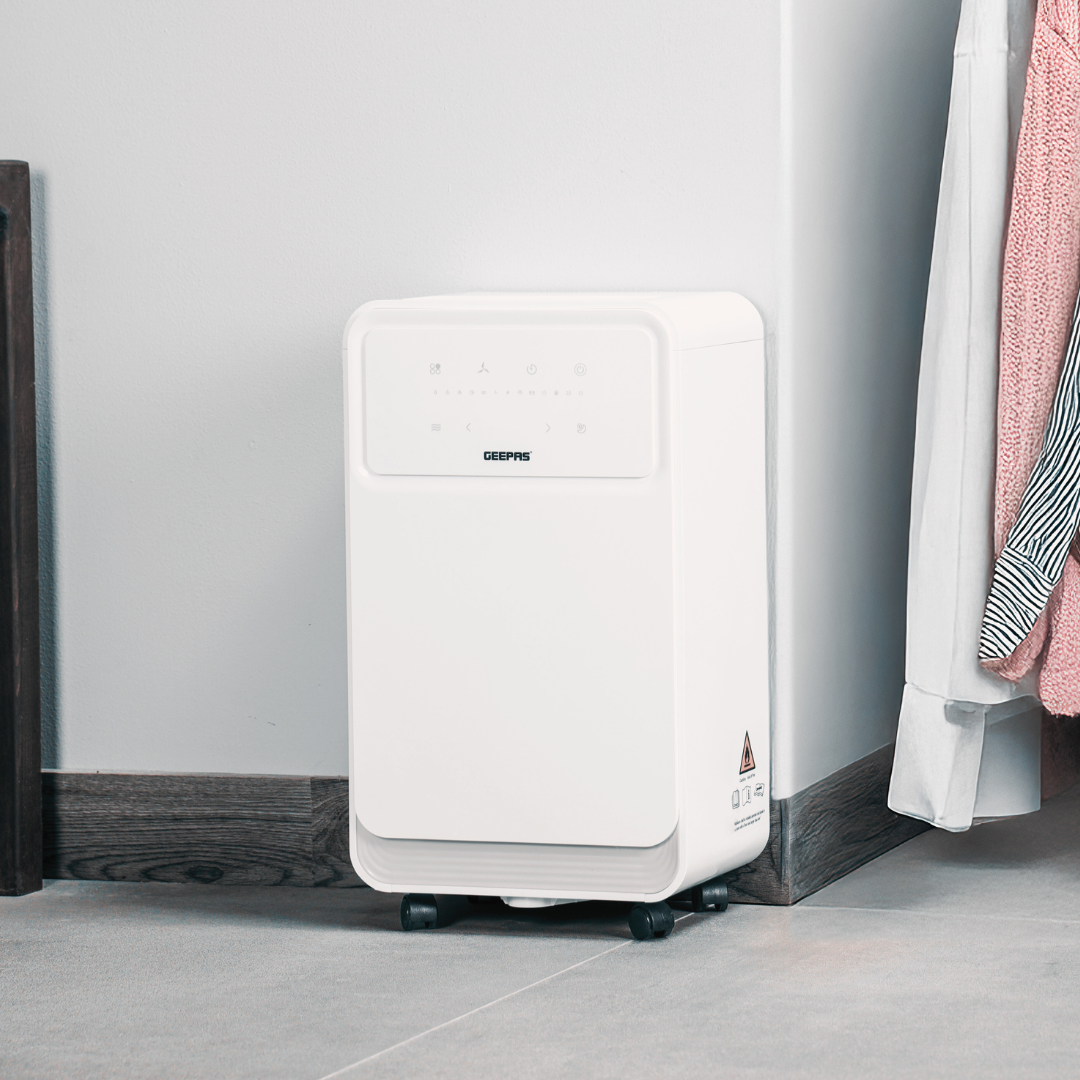Maintaining the ideal humidity level in your home is essential for ensuring a comfortable living environment, protecting your health, and preserving your property. Too much humidity can cause problems like mold, mildew, and structural damage, while too little can result in dry skin, respiratory issues, and cracked furniture.
In this guide, we'll explore the ideal humidity range, its importance, and how to achieve it - with a special focus on how dehumidifiers can play a critical role.
Shop The Dehumidifier Collection
What Is The Ideal Humidity Level For A Home?
The ideal indoor humidity level typically falls between 30% and 50%, according to experts like the Environmental Protection Agency (EPA). Here's a breakdown:
- 30%-40%: Ideal for colder months to prevent condensation on windows and other surfaces.
- 40%-50%: Perfect for warmer months to keep your home comfortable and reduce allergens like mold and dust mites.
Humidity levels above 60% are considered high and can lead to excessive moisture problems, while levels below 30% are too dry and may cause discomfort.
Why Is Maintaining Proper Humidity Important?
1. Comfort
Balanced humidity levels make your home feel more comfortable. High humidity can leave you feeling sticky and hot, while low humidity can leave you feeling sticky and hot, while low humidity can make the air feel colder than it is.
2. Health
- High humidity encourages the growth of mold, mildew, and dust mites, which can exacerbate allergies and respiratory issues.
- Low humidity can dry out your skin, eyes, and nasal passages, leading to irritation and increased vulnerability to colds and infections.
3. Protecting Your Home
- High humidity can damage walls, ceilings, and wooden furniture by causing warping, peeling paint, and mold.
- Low humidity can cause wood to crack and paint to flake, affecting the longevity of your home's interior.
How To Measure Humidity In Your Home
To determine the humidity level in your home, use a hygrometer. These affordable devices give an accurate reading of the moisture content in the air. Advanced smart thermostats often have built-in humidity sensors, making monitoring even easier.
How To Control Indoor Humidity Levels
When Humidity Is Too High
1. Use a dehumidifier
A portable dehumidifier is an excellent tool to lower humidity in specific rooms such as basements, bedrooms, or living areas. For larger spaces or whole-house solutions, consider investing in a whole-house dehumidifier.
Benefits of dehumidifiers:
- Reduce allergens by removing excess moisture.
- Prevent mold and mildew growth.
- Improve air quality, making your home healthier and more comfortable.
- Protect furniture, walls, and electronics from moisture damage.
2. Ventilate your home
Proper ventilation in areas like bathrooms and kitchens can help manage moisture from showers, cooking, and dishwashing. Use exhaust fans or open windows when necessary.
3. Fix leaks
Address leaks in your plumbing, roof, or foundation to prevent water intrusion, which can contribute to high humidity.
4. Use air conditioning
Air conditioners naturally reduce humidity as they cool the air. Regular maintenance ensures they work effectively.
When Humidity Is Too Low
1. Use a humidifier
A humidifier adds moisture to the air, which is particularly useful during winter months when heating systems can dry out your home.
2. Seal your home
Prevent dry air from infiltrating your home by sealing windows and doors and insulating walls.
3. Add houseplants
Certain plants, like peace lilies and spider plants, can naturally release moisture into the air, slightly raising humidity levels.
4. Dry clothes indoors
If safe to do so, air-drying clothes indoors can add moisture to the air and help combat dryness.
The Role Of Portable Dehumidifiers
Portable dehumidifiers are an affordable and efficient solution for controlling humidity in your home. They are ideal for targeting specific areas where moisture levels are high, such as basements, laundry rooms, or bathrooms.
Features to look for in a portable dehumidifier
- Tank capacity: Larger tanks require less frequent emptying.
- Energy efficiency: Choose models with an energy star rating to save on electricity costs.
- Auto shut-off: Prevents overflow when the tank is full.
- Humidity control settings: Allows you to set the desired humidity level for your room.
Benefits of portable dehumidifiers
- Easy to move between rooms.
- Affordable compared to whole-house systems.
- Effective for small to medium-sized spaces.
Seasonal Humidity Considerations
- Winter: Use a humidifier if indoor humidity drops below 30%. Seal windows and use weather stripping to retain moisture.
- Summer: Run a dehumidifier to keep humidity below 50%. Ensure your air conditioner is functioning well.
Conclusion
Maintaining the right humidity level in your home is essential for comfort, health, and the longevity of your belongings. While small lifestyle changes like improving ventilation and sealing leaks can help, investing in tools like portable dehumidifiers provides a reliable solution for keeping humidity levels in check.
Whether you're battling high humidity in the summer or dry air in the winter, the right strategies and appliances will help you create a healthier and more comfortable living environment year-round.



